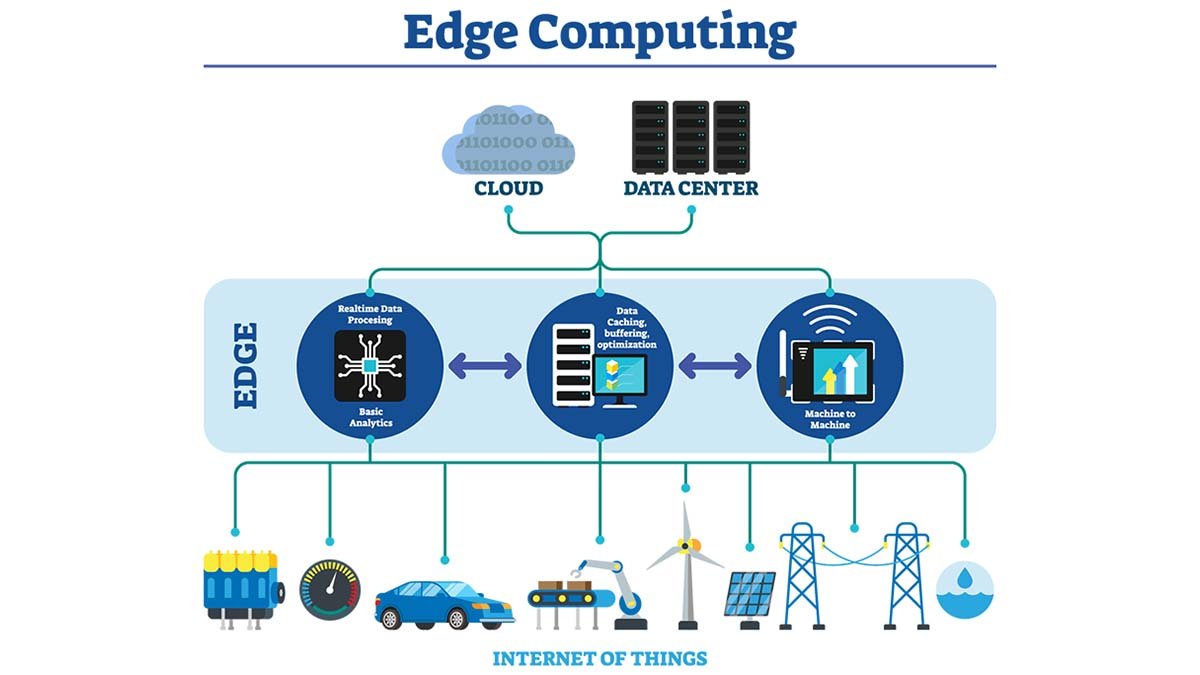In the rapidly advancing world of technology, the Internet of Things (IoT) has emerged as one of the most transformative concepts, connecting various devices and enabling them to exchange data seamlessly. This interconnected web of smart devices holds the potential to revolutionize industries and improve the quality of life for individuals worldwide.
However, to fully harness the power of IoT, efficient data processing is crucial. This is where edge computing comes into play, offering a game-changing solution to optimize data processing and enhance the capabilities of IoT systems. In this article, we will explore how edge computing is revolutionizing data processing for the IoT era, with a focus on a specific application – the Roman numerals converter.
Understanding Edge Computing
Edge computing is a paradigm that addresses the limitations of centralized data processing in traditional cloud computing. In conventional cloud setups, data from IoT devices is sent to remote data centers for processing and analysis.
This approach presents several challenges, including latency, bandwidth constraints, and increased vulnerability to cyber threats. Edge computing, on the other hand, shifts data processing closer to the source of data generation, i.e., the IoT devices themselves or nearby edge servers. This proximity significantly reduces the time and resources required to transmit data back and forth to a centralized cloud, resulting in faster response times and enhanced data security.
The Role of Edge Computing in IoT
The Internet of Things encompasses an incredibly diverse range of devices, from small wearable sensors to large industrial machinery. All these devices generate vast amounts of data that need to be processed and analyzed in real-time to derive meaningful insights.
With edge computing, data processing occurs locally, at the “edge” of the network, before being transmitted to the cloud for further analysis or storage. This localized data processing offers numerous advantages:
Reduced Latency: In time-critical applications like autonomous vehicles or real-time monitoring systems, delays in data processing can have severe consequences. Edge computing minimizes latency by processing data at the edge, ensuring quick responses and enabling applications that require immediate actions.
Bandwidth Optimization: Transmitting large volumes of raw data from IoT devices to the cloud can strain network bandwidth. Edge computing filters and processes data locally, sending only relevant and condensed information to the cloud, thereby optimizing bandwidth usage.
Enhanced Security: By limiting the data flow between IoT devices and the cloud, edge computing reduces the attack surface for potential cyber threats. Additionally, sensitive data can be processed and stored locally, providing an extra layer of security.
Offline Operation: Some IoT applications, such as remote monitoring in rural areas, may face connectivity issues. Edge computing allows devices to function and process data locally even when internet connectivity is intermittent or unavailable.
The Roman Numerals Converter and Edge Computing
Let’s explore how edge computing can be applied to a practical IoT scenario, such as a Roman numerals converter by https://romannumeralsconverter.net/. This example will illustrate the benefits of edge computing in a simple yet meaningful context.
Imagine a network of smartwatches that can display various types of numerical data, including regular Arabic numerals and Roman numerals. Users may input either type of numerical value and request a conversion to the other format. This conversion requires a series of calculations and transformations.
With edge computing, each smartwatch is equipped with a local application that handles the conversion process. When a user enters a numerical value, the smartwatch processes the conversion locally and displays the result without involving a remote server. This minimizes latency, allowing users to see the converted value almost instantly.
Furthermore, as the conversion process doesn’t involve transmitting sensitive data to the cloud, user privacy and security are enhanced. Each smartwatch operates independently, reducing the risk of potential data breaches.
Additionally, in situations where smartwatches are used in areas with limited internet connectivity, edge computing ensures that the conversion functionality remains available even when the devices are offline.
Conclusion
Edge computing represents a transformative approach to data processing that perfectly complements the expanding landscape of the Internet of Things. By bringing data processing closer to the source, edge computing significantly reduces latency, optimizes bandwidth, and enhances security for IoT applications. The Roman numerals converter example demonstrates how edge computing can be applied to practical scenarios, providing fast and secure processing of data in a decentralized manner.
As the IoT continues to evolve and become an integral part of our lives, the adoption of edge computing will undoubtedly play a critical role in unlocking the full potential of this revolutionary technology. Embracing edge computing allows us to create more efficient, secure, and responsive IoT ecosystems, enabling a future where smart devices seamlessly collaborate to make our lives easier and more connected than ever before.




